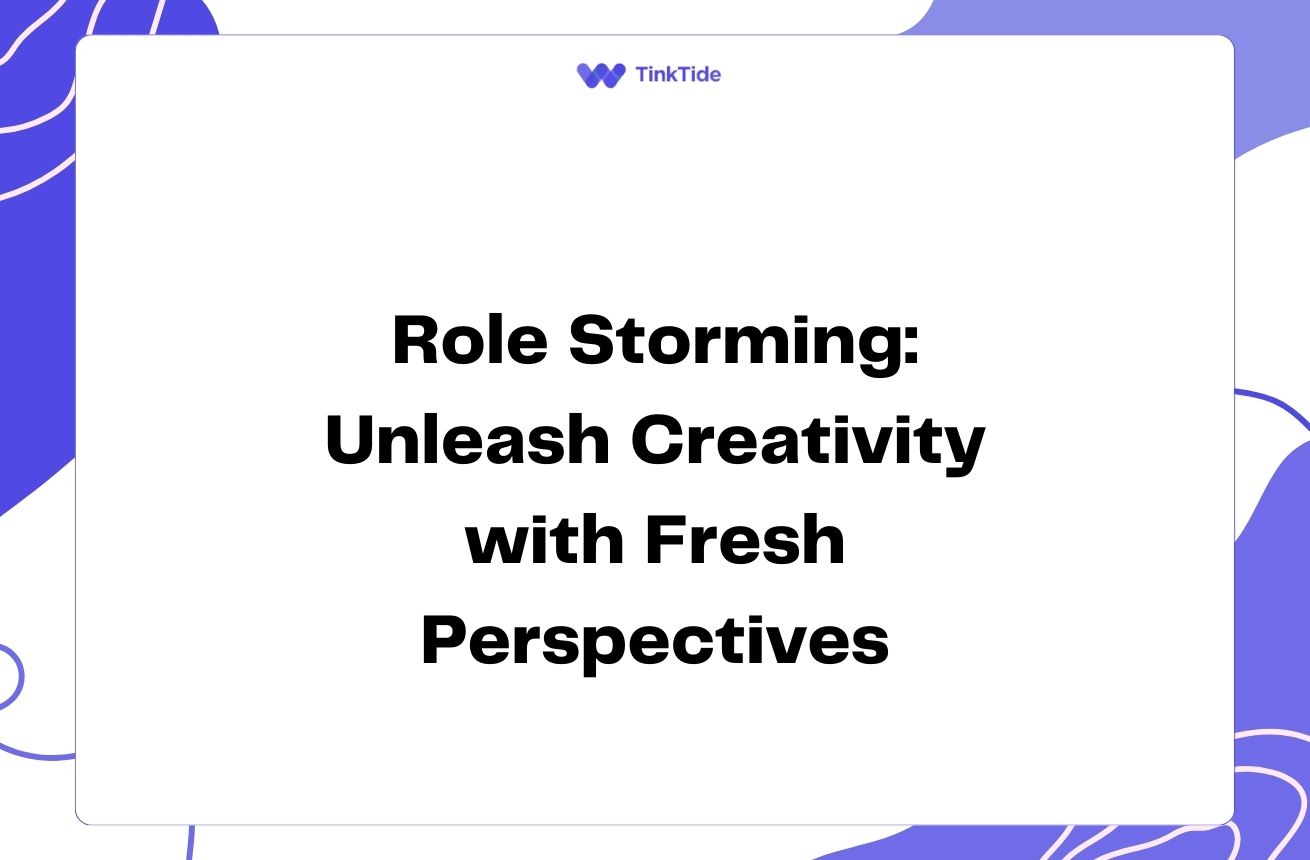Mastering Customer Experience Personalization with Journey Mapping
Understanding Customer Journey Mapping
Customer journey mapping is a powerful tool that visualizes the entire customer experience with your brand. It's like creating a roadmap of every interaction a customer has with your business, from initial awareness to post-purchase support.
By mapping out these touchpoints, you gain valuable insights into customer behavior, pain points, and opportunities for improvement. This comprehensive view allows you to identify areas where personalization can have the most significant impact.
For example, McKinsey & Company found that companies that excel at customer journey management achieve revenue gains of 5-10% and cost reductions of 15-25% within just two to three years.
To create an effective customer journey map, you'll need to gather data from various sources, including customer surveys, website analytics, and customer service interactions. This holistic approach ensures you capture the full spectrum of customer experiences.
Key Elements of Customer Journey Mapping
To effectively use journey mapping for personalization, focus on these key elements:
- Customer personas: Detailed profiles of your target audience segments
- Touchpoints: All interactions between the customer and your brand
- Customer emotions: How customers feel at each stage of their journey
- Pain points: Challenges or frustrations customers experience
- Opportunities: Areas where you can improve or personalize the experience
Leveraging Journey Mapping for Personalization
Once you have a comprehensive customer journey map, you can use it to identify opportunities for personalization. Look for moments where tailored experiences can address pain points or enhance positive emotions.
For instance, if your journey map reveals that customers often abandon their shopping carts due to unexpected shipping costs, you could personalize the experience by offering targeted shipping promotions or displaying estimated costs earlier in the process.
Another example is personalizing content based on the customer's stage in the journey. A first-time visitor might receive introductory information, while a returning customer could see more advanced content or product recommendations based on their previous interactions.
According to Epsilon research, 80% of consumers are more likely to make a purchase when brands offer personalized experiences, highlighting the importance of this strategy.
Implementing Personalization Strategies
To implement personalization based on journey mapping insights, consider the following strategies:
1. Segmentation: Use customer data to create detailed segments based on behavior, preferences, and demographics. This allows for more targeted personalization efforts.
2. Dynamic content: Implement systems that can deliver personalized content, product recommendations, or offers based on the customer's journey stage and previous interactions.
3. Omnichannel consistency: Ensure that personalization efforts are consistent across all channels, from email to social media to in-store experiences.
4. Predictive analytics: Utilize AI and machine learning to anticipate customer needs and preferences, allowing for proactive personalization.
Measuring the Impact of Personalization
To ensure your personalization efforts are effective, it's crucial to measure their impact. Key metrics to track include:
- Conversion rates: Compare personalized vs. non-personalized experiences
- Customer satisfaction scores: Monitor improvements in overall satisfaction
- Engagement metrics: Track increases in time spent, pages viewed, or interactions
- Customer lifetime value: Measure the long-term impact of personalization on customer value
- Return on investment (ROI): Calculate the financial impact of your personalization efforts
Overcoming Personalization Challenges
While personalization can greatly enhance customer experiences, it's not without challenges. Common obstacles include:
1. Data privacy concerns: Ensure compliance with regulations like GDPR and CCPA, and be transparent about data usage.
2. Technology limitations: Invest in robust customer data platforms and personalization tools to overcome technical barriers.
3. Content creation: Develop a scalable content strategy to support various personalization scenarios.
By addressing these challenges proactively, you can create a solid foundation for successful personalization initiatives.
Best Practices for Personalization Success
To maximize the effectiveness of your personalization efforts, follow these best practices:
- Start small and scale gradually: Begin with high-impact, low-effort personalization initiatives
- Continuously update journey maps: Regularly revisit and refine your maps to reflect changing customer behaviors
- Foster cross-functional collaboration: Involve teams from marketing, sales, customer service, and IT in your personalization efforts
- Prioritize data quality: Ensure your customer data is accurate, up-to-date, and properly integrated
- Test and iterate: Use A/B testing to refine your personalization strategies and improve results over time
Future Trends in Personalization
As technology evolves, so do the possibilities for personalization. Keep an eye on these emerging trends:
1. Hyper-personalization: Using real-time data and AI to create ultra-tailored experiences.
2. Voice and conversational interfaces: Personalizing interactions through smart speakers and chatbots.
3. Augmented and virtual reality: Creating immersive, personalized shopping experiences.
By staying ahead of these trends, you can continue to innovate and deliver exceptional personalized experiences to your customers.
Address common questions
Let's address some frequently asked questions about personalizing customer experiences using journey mapping insights:
How often should I update my customer journey maps?
It's recommended to review and update your customer journey maps at least annually. However, if your business undergoes significant changes or you notice shifts in customer behavior, more frequent updates may be necessary. Regular reviews ensure your personalization efforts remain aligned with current customer expectations and behaviors.
What tools can I use for customer journey mapping?
There are various tools available for customer journey mapping, ranging from simple visualization software to advanced customer experience platforms. Some popular options include Miro, UXPressia, Smaply, and Adobe XD. The choice depends on your specific needs, budget, and the complexity of your customer journeys.
How can I ensure my personalization efforts don't come across as intrusive?
To avoid being intrusive, be transparent about data collection and usage, provide clear opt-in/opt-out options, and focus on delivering value through personalization. Use the data to enhance the customer experience in meaningful ways, rather than for pushy sales tactics. Always prioritize customer preferences and respect their privacy choices.
What's the difference between personalization and customization?
Personalization typically refers to tailoring experiences based on data and insights about the customer, often done automatically by the business. Customization, on the other hand, involves giving customers direct control over certain aspects of their experience. Both can be valuable strategies derived from journey mapping insights.
How can small businesses implement personalization without a large budget?
Small businesses can start with simple, low-cost personalization techniques such as segmenting email lists, using customer names in communications, or offering product recommendations based on purchase history. As you grow, you can invest in more advanced tools and strategies. The key is to start small, focus on high-impact areas identified in your journey map, and scale gradually.
Can journey mapping and personalization work for B2B businesses?
Absolutely! B2B customer journeys are often more complex and involve multiple decision-makers, making journey mapping even more crucial. Personalization in B2B can include tailored content, account-based marketing strategies, and personalized sales approaches based on the specific needs and pain points of each business client.
Provide additional resources
Nielsen Norman Group: Customer Journey Mapping 101
A comprehensive guide to creating effective customer journey maps
Harvard Business Review: Using Customer Journey Maps to Improve Customer Experience
Insights on leveraging journey maps for better customer experiences
Gartner: Create a Customer Journey Map
Step-by-step guidance on creating customer journey maps
Salesforce: Personalization in Customer Experience
Explore the impact of personalization on customer experience
McKinsey & Company: The value of getting personalization right—or wrong—is multiplying
Research on the business impact of personalization
Summarize key takeaways
Customer journey mapping is a powerful tool for understanding and improving the customer experience. By leveraging these insights for personalization, businesses can create more engaging, relevant, and satisfying interactions at every touchpoint.
Remember that effective personalization is an ongoing process. Continuously update your journey maps, test your personalization strategies, and stay attuned to changing customer needs and preferences.
By implementing the techniques and best practices outlined in this guide, you can transform your customer experiences, drive loyalty, and achieve significant business results. Start small, focus on high-impact areas, and gradually expand your personalization efforts for long-term success.
Elevate Your Customer Experience with Personalization
Ready to transform your customer journey with data-driven personalization? Start your free trial today and unlock the power of tailored experiences.
Start Your Free Trial

